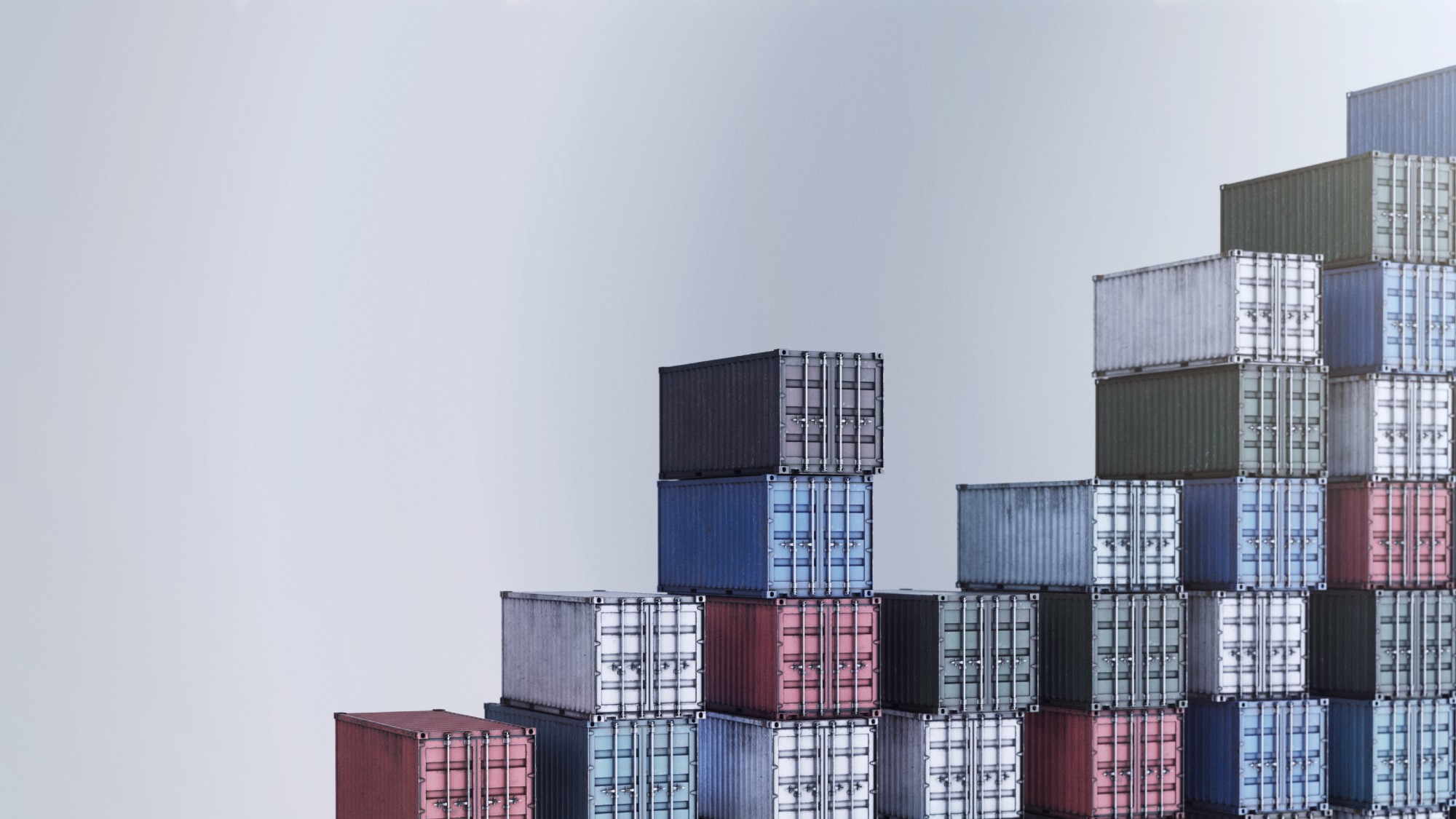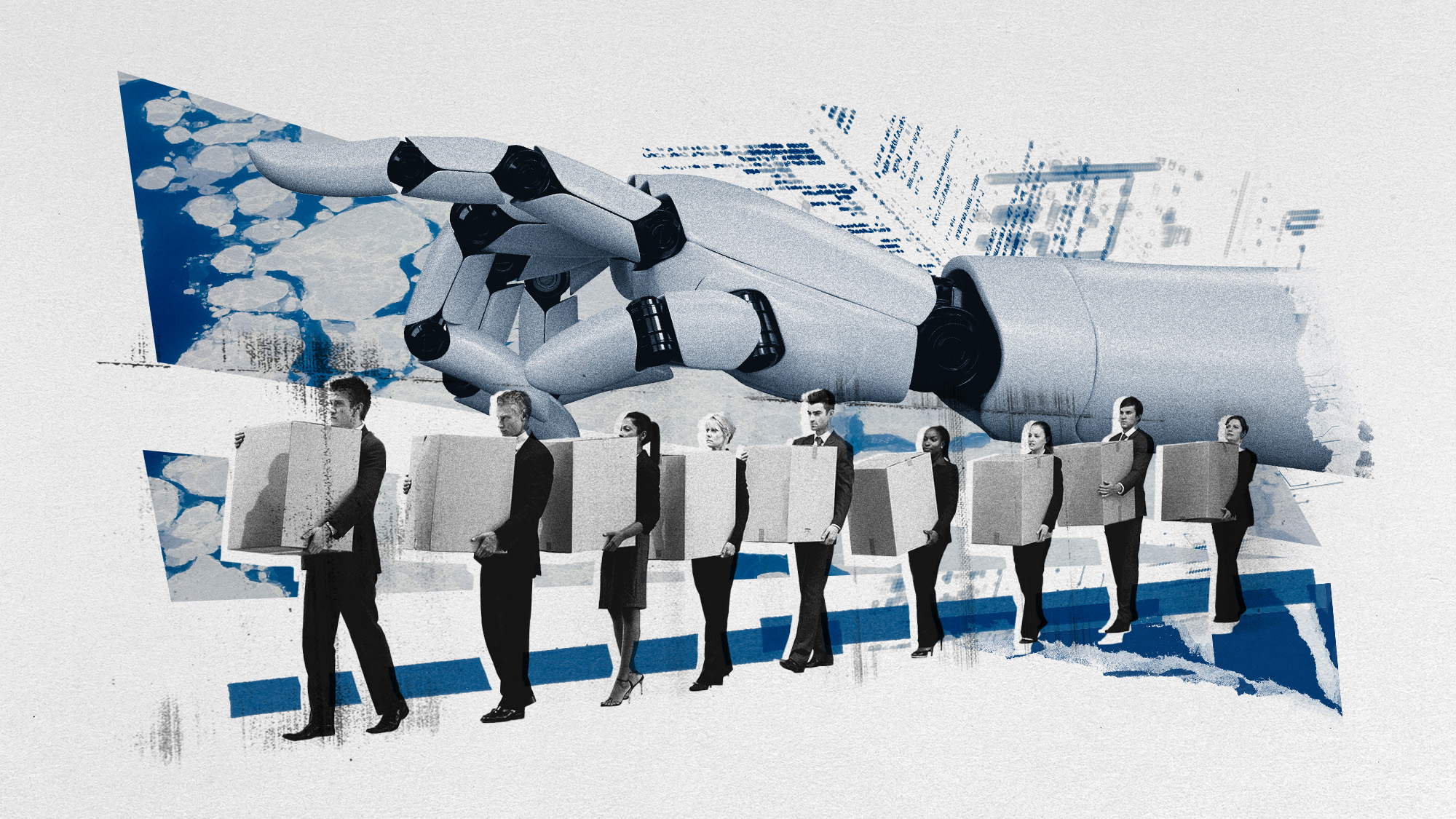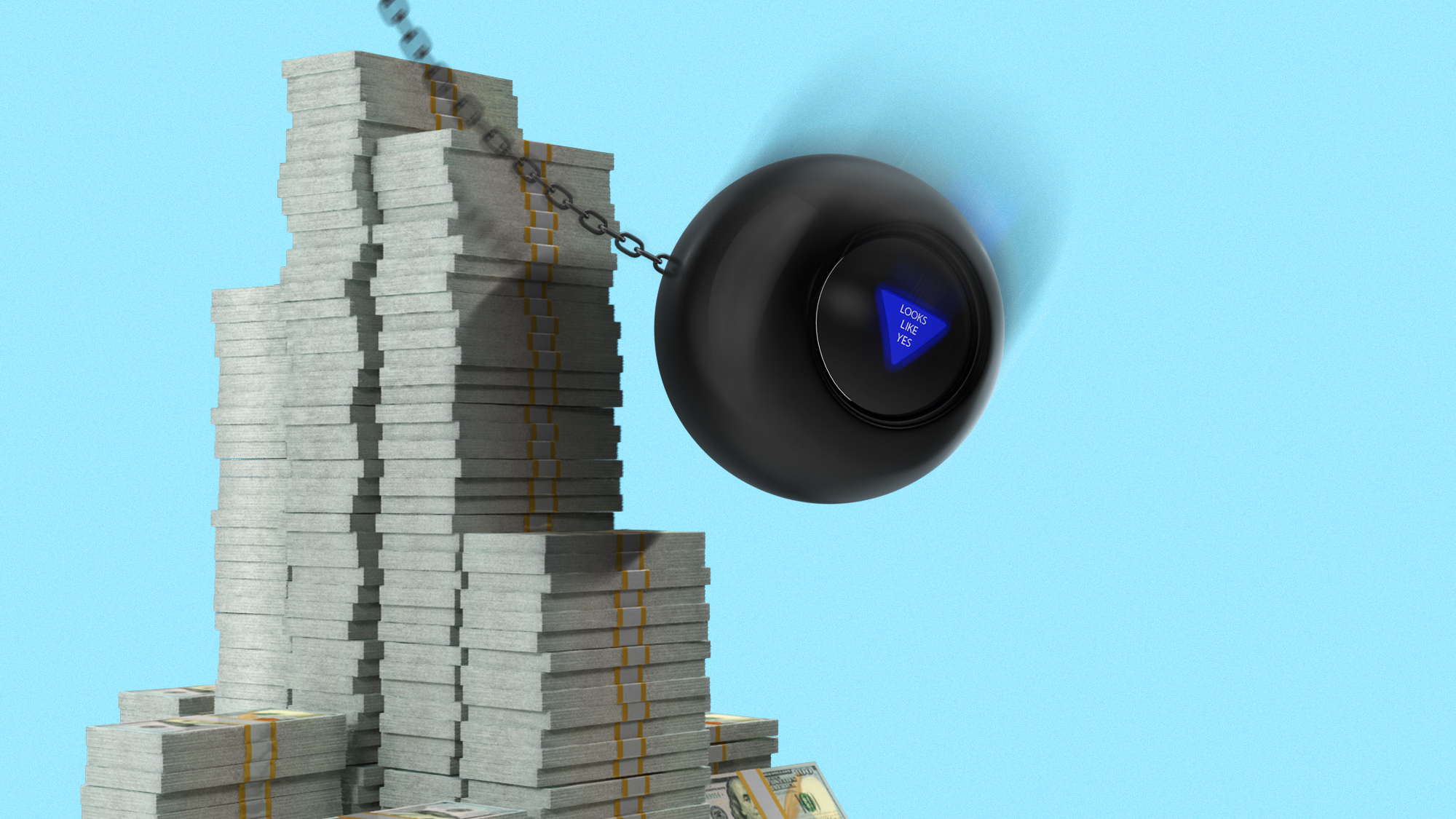What are reciprocal tariffs and how do they work?
Will they help Trump fix America's trade deficit or create a fresh problem?


President Donald Trump is taking his enthusiasm for tariffs to a new level. In his latest move, he has announced a policy of "reciprocal" tariffs that would tax imports from other countries at the same rate they tax imports from America.
Trump believes the "playing field is tilted against U.S. companies," said The Associated Press. Many countries charge higher import taxes than America does on their goods, and the president believes the imbalance undergirds "America's massive and persistent trade deficits." Fair's fair, the argument goes. "If they charge us," Trump said to reporters, "we charge them."
But his decision will upend the global trading system. A reciprocal tariffs policy "disrupts the way that things have been done for a very long time,’" said Richard Mojica, a trade attorney, to the AP.
The Week
Escape your echo chamber. Get the facts behind the news, plus analysis from multiple perspectives.

Sign up for The Week's Free Newsletters
From our morning news briefing to a weekly Good News Newsletter, get the best of The Week delivered directly to your inbox.
From our morning news briefing to a weekly Good News Newsletter, get the best of The Week delivered directly to your inbox.
What is the point of reciprocal tariffs?
Reciprocal tariffs are partially about pushing "major powers like China and the European Union to lower their duties" on U.S. imports, said Deutsche Welle. Trump also believes that tariffs generally will reduce the trade deficit and help grow American manufacturing. Economists say, however, that a trade deficit often benefits the United States. With a trade deficit, countries take the income and invest it back in American stocks and bonds, keeping interest rates low and convincing American businesses and consumers "to borrow and spend more."
Is a VAT a tariff?
Most countries — though not the U.S. — levy a "value-added tax" on consumption, said Forbes. Trump believes that approach also exacerbates the trade deficit. "A VAT tax is a tariff," he said, indicating that such taxes will be part of calculating the reciprocal tariffs. The problem? That's "not true," said Forbes.
Tariffs tax imports, while VATs (like sales taxes) are "simply a tax on all domestic consumption, regardless of where the good or service is produced." In any case, a VAT tax may not be to blame for trade deficits. One example: America has a trade surplus with the United Kingdom, which has a 20% value-added tax.
What are the criticisms of reciprocal tariffs?
Trump's move "amounts to outsourcing U.S. tariff policy to other countries," economist Douglas A. Irwin said at The Wall Street Journal. Tariffs are also "enormously" complicated. The American tariff schedule has 13,000 line items, and the United States has trade with 200 countries. "Is Washington ready to impose and manage 2.6 million individual tariff rates?" America should "not have stupid tariff policies just because other countries have stupid tariff policies," Irwin added.
A free daily email with the biggest news stories of the day – and the best features from TheWeek.com
How might American consumers be affected?
Some types of products "would be hit much harder than others," said CNBC. The U.S. imports $600 billion worth of goods from the European Union alone, including pharmaceuticals — like the weight-loss drugs Ozempic and Wegovy — as well as vaccines, hearing aids and artificial joints. Other industries will be hit, but the drug and medical industry "will experience among the most significant tariff impacts by sector."
What's next?
The Commerce Department is expected to have a plan to implement the reciprocal tariffs by April 1.
Joel Mathis is a writer with 30 years of newspaper and online journalism experience. His work also regularly appears in National Geographic and The Kansas City Star. His awards include best online commentary at the Online News Association and (twice) at the City and Regional Magazine Association.
-
 Pakistan: Trump’s ‘favourite field marshal’ takes charge
Pakistan: Trump’s ‘favourite field marshal’ takes chargeIn the Spotlight Asim Munir’s control over all three branches of Pakistan’s military gives him ‘sweeping powers’ – and almost unlimited freedom to use them
-
 Codeword: December 6, 2025
Codeword: December 6, 2025The daily codeword puzzle from The Week
-
 Crossword: December 6, 2025
Crossword: December 6, 2025The daily crossword from The Week
-
 Who will be the next Fed chair?
Who will be the next Fed chair?Today's Big Question Kevin Hassett appears to be Trump’s pick
-
 Coffee jitters
Coffee jittersFeature The price of America’s favorite stimulant is soaring—and not just because of tariffs
-
 Fast food is no longer affordable for low-income Americans
Fast food is no longer affordable for low-income AmericansThe explainer Cheap meals are getting farther out of reach
-
 What a rising gold price says about the global economy
What a rising gold price says about the global economyThe Explainer Institutions, central banks and speculators drive record surge amid ‘loss of trust’ in bond markets and US dollar
-
 Would a 50-year mortgage make home ownership attainable?
Would a 50-year mortgage make home ownership attainable?Today's Big Question Trump critics say the proposal is bad policy
-
 How Tesla can make Elon Musk the world’s first trillionaire
How Tesla can make Elon Musk the world’s first trillionaireIn The Spotlight The package agreed by the Tesla board outlines several key milestones over a 10-year period
-
 Is the job market frozen or faltering?
Is the job market frozen or faltering?Today's Big Question Layoffs raise alarms while young workers eye law school
-
 Is the US in recession?
Is the US in recession?Today's Big Question ‘Unofficial signals’ are flashing red
